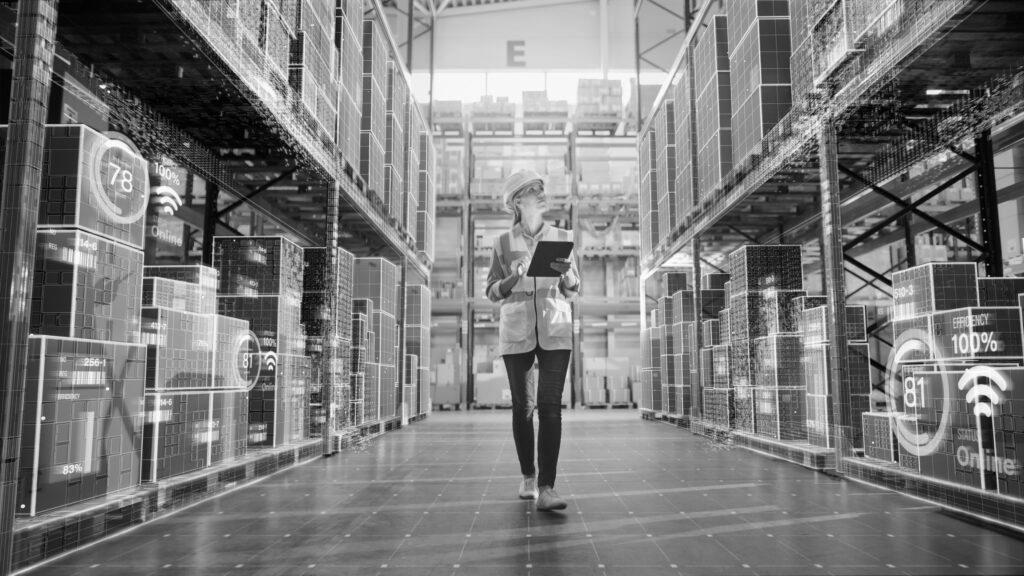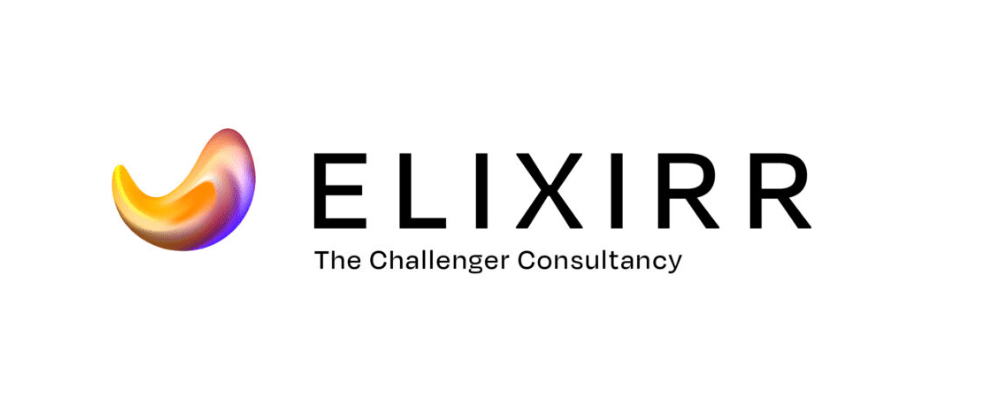Executives in the consumer packaged goods industry face a complex landscape marked by increased competition, evolving consumer behaviours and the need for sustainability. Although inflation is expected to stabilise, ongoing shifts in consumer expectations and market dynamics demand innovative strategies to preserve profitability and enhance resilience. As interest rates begin to decrease, a potential rise in consumer confidence could fuel spending, providing new growth opportunities for brands that are prepared to meet the demand.
Based on research and insights from global executives across the consumer packaged goods industry, the top five disruptive forces are:
1. Economic uncertainty abounds
Although currently easing, persistent inflation continues to drive up the costs of raw materials, transportation and operations, ultimately resulting in higher prices for consumers. This reduces consumer spending power, especially for non-essential goods, and can negatively impact sales and profitability. Some CPG companies are cutting non-essential expenses by renegotiating supplier contracts and reducing marketing budgets to achieve economies of scale. Dynamic pricing, using data analytics to adjust prices in real-time, helps maintain profit margins. Companies are expanding their product lines to include both premium and budget-friendly options to address diverse consumer needs and remain competitive.
2. Supply chain vulnerabilities
Ongoing geopolitical tensions, natural disasters and logistical issues will continue to cause delays, increased shipping costs and shortages of essential materials. To combat these challenges, CPG companies are actively diversifying their supply chain sources and building relationships with multiple suppliers across different regions to reduce dependency on any single supplier. Nearshoring and onshoring will remain popular as they reduce transportation times and costs while minimising exposure to global disruptions. Companies are maintaining higher levels of safety stock and strategically stockpiling essential materials to buffer against disruptions. Investment in technology is also essential, with real-time monitoring and predictive analytics helping companies identify and respond to issues more quickly.
3. Sustainability and regulatory challenges
Growing environmental awareness and stricter regulations are pushing CPG companies to adopt more sustainable practices. To address these challenges, companies are adopting sustainable practices such as reducing carbon footprints through renewable energy and energy efficiency, ensuring sustainable sourcing of raw materials and implementing waste reduction initiatives like zero-waste and recyclable packaging. Innovation and technology are critical in creating eco-friendly products, such as those made from biodegradable materials or designed for a circular economy. Companies are exploring product take-back schemes and designing goods for easier recycling and disassembly. More and more, corporate governance is being enhanced, with dedicated sustainability teams overseeing the integration of sustainable practices into company strategy.
4. Tech disruption and digital transformation
Rapid developments in areas like AI and machine learning require companies to continually adapt and invest in new technologies. Companies are investing heavily in digital infrastructure, such as cloud computing for improved scalability and IoT technologies to streamline operations and enhance supply chain visibility. However, the increasing reliance on digital platforms makes cybersecurity a top priority. Organisations are deploying advanced security protocols, conducting regular employee training and creating incident response plans to mitigate cyber threats. Predictive analytics, powered by AI, helps companies forecast demand and enhance decision-making processes. Additionally, AI enables personalised customer experiences through tailored product recommendations and targeted marketing.
5. Ever-evolving consumer behaviours
Evolving consumer preferences, shaped by demographic changes, digital engagement and lifestyle trends, require companies to remain agile and innovative. To address these shifts, companies are further diversifying product offerings to include healthier, organic and eco-friendly options, as well as offering customisable products to meet individual preferences. Social media and loyalty programs foster closer customer relationships and provide real-time insights into emerging trends. Data-driven decision-making is another key strategy. Advanced analytics and market research are essential for gaining insights into consumer behaviour and predicting future trends. This helps companies tailor their offerings and marketing strategies to meet changing demands.

For CPG executives and enterprises to survive—and thrive—over the next five years, capitalising on the following critical success factors will be key:
Embrace advanced AI
AI is reshaping how consumers browse, research and buy products. Through predictive analytics and AI-powered recommendation engines, companies can offer highly personalised shopping experiences that anticipate consumer needs and suggest relevant products. This creates a tailored experience that captures attention and increases conversions. Customer service is also undergoing a transformation with AI. Tools like chatbots and virtual assistants are handling routine inquiries, providing instant, 24/7 support, and freeing up human agents to focus on complex issues. Furthermore, AI-driven automation in logistics and procurement can streamline operations, reduce costs and enhance responsiveness, allowing companies to adapt swiftly to changing market conditions.
Prioritise sustainability
With growing consumer demand for eco-friendly products, companies are focusing on developing sustainable goods with attributes like biodegradable packaging and responsibly sourced ingredients. Climate action is another key focus, with companies investing in renewable energy and reducing their carbon and water footprints. Meeting regulatory requirements while appealing to environmentally conscious customers is critical in maintaining competitiveness. To succeed, companies are prioritising sustainable product design and exploring new materials that have less environmental impact, implementing new approaches such as low-carbon-by-design R&D. Equally important is effectively communicating sustainability efforts to build brand loyalty and distinguish themselves from competitors.
Don’t ignore emerging markets
With expanding middle-class populations and rising consumer spending in these regions, companies are focusing on entering new markets to capture this growth. Businesses are adapting their products and marketing strategies to align with local preferences, tastes and cultural norms. This customisation ensures that brands resonate with local consumers and meet their specific needs. Forming strategic partnerships and joint ventures with local businesses is another critical factor. These collaborations help CPG companies navigate the regulatory and logistical challenges unique to emerging markets. A strategic focus on market research is essential for identifying high-growth regions and understanding local consumer trends. Additionally, building local supply chains and distribution networks supports long-term market entry and growth.
Innovating innovation
As consumer expectations for convenience and personalised experiences rise, companies are increasingly integrating smart technologies like IoT-enabled devices and connected appliances into their product offerings. For instance, the global IoT in retail market is projected to reach $94 billion by 2025, according to Grand View Research, growing at a compound annual growth rate of 21.5%. This growth reflects the demand for devices that enhance consumer convenience and enable data-driven insights into usage patterns. In addition, companies are investing in technology R&D and incubation zones, where cross-functional teams work on a portfolio of experiments that address the three-to-five-year horizon. An environment of open innovation and the ability to partner with startups and other potential partners is a key component to this. According to recent industry research, nearly 80% of consumer goods companies report that partnerships and collaborations are a primary way they are driving innovation.
Leverage data-driven insights for enhanced personalisation
By leveraging big data and analytics, companies can gain valuable insights into consumer behaviour, preferences and trends, allowing them to make more informed decisions in real-time. Personalisation is becoming increasingly important, with companies implementing personalised marketing strategies tailored to individual consumers. This approach helps drive engagement, improve customer experience and boost conversion rates by offering products and services that meet specific needs. Companies must invest in data analytics tools and technologies to better capture, analyse and interpret consumer data. This enables the development of more targeted marketing campaigns and product offerings that align with consumer desires and behaviour.
The next five years are crucial
In the fast-evolving CPG industry, the future belongs to companies that can adapt to economic pressures, supply chain disruptions and rapidly changing consumer demands. Success will depend on embracing digital transformation, streamlining operations and fostering sustainable practices. By leveraging cutting-edge technologies like AI and data analytics, CPG companies can personalise consumer experiences and optimise production efficiency. Additionally, diversifying supply chains and strengthening relationships with suppliers will enhance resilience against global disruptions.
However, it’s not just about technology—responding to consumer preferences for eco-friendly products and healthier lifestyles will also be critical. Companies that can seamlessly integrate sustainability with innovation will stand out in a crowded market. The race is on for companies to stay agile, manage costs and anticipate market shifts to thrive over the next five years. Those that capitalise on emerging markets, build omnichannel customer experiences and prioritise sustainability will emerge as industry leaders, while those that fail to innovate risk being left behind. The future of CPG is being shaped right now and the most adaptable companies will seize the opportunity.
“We help senior business leaders turn ideas into actions. Of course, it’s execution that determines success; that’s why we also make change happen, treating our clients’ business like our own.
Our people make our firm. And while our team expands across the globe, we continue to attract the best talent in the industry, building a team of high performing, like-minded individuals who share our vision of building the best consulting firm in the world.
With the launch of our ESPP scheme in 2021, we gave our entire team the opportunity to be part owners of Elixirr — and with a 74% enrolment rate for 2022, entrepreneurialism has never been more embedded into our business.”
Please visit the firm link to site


